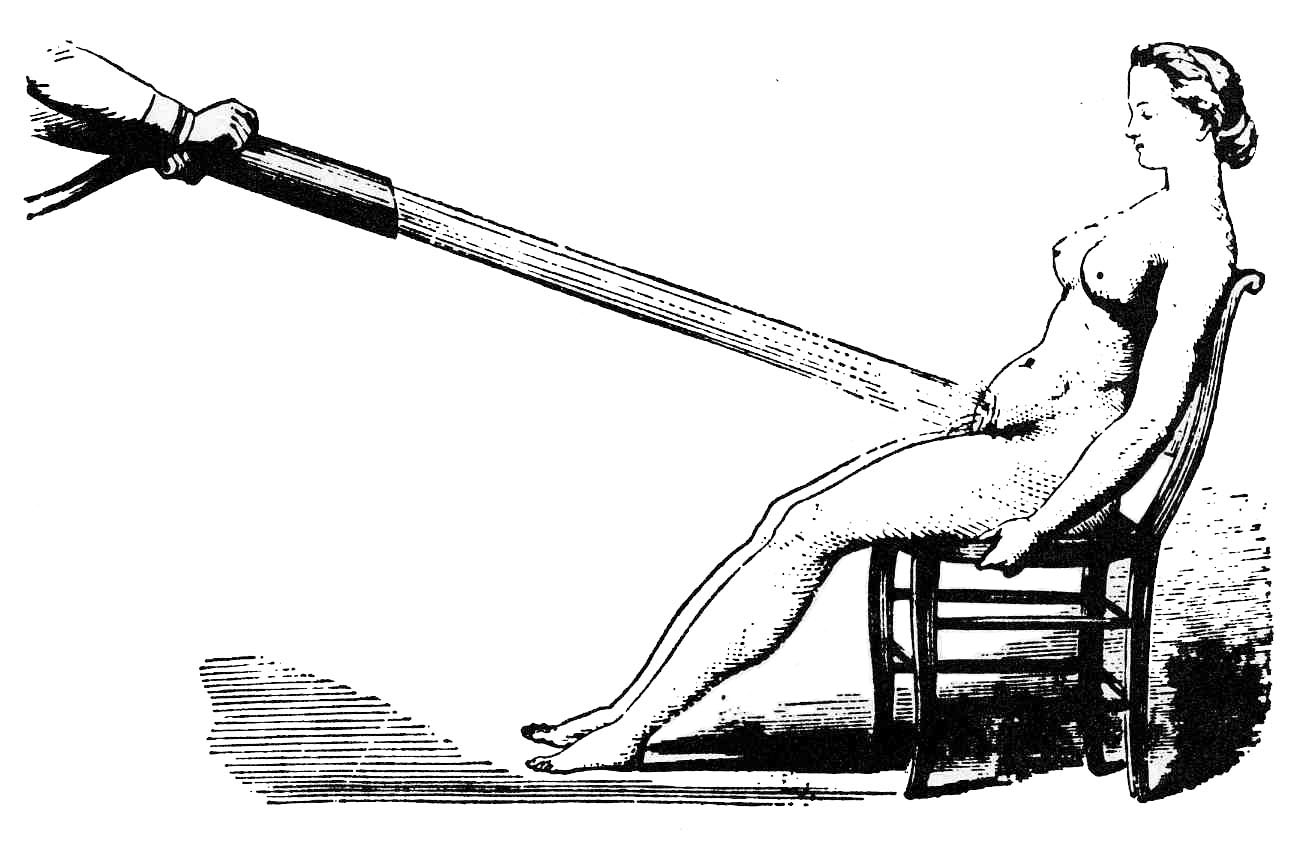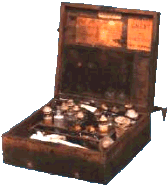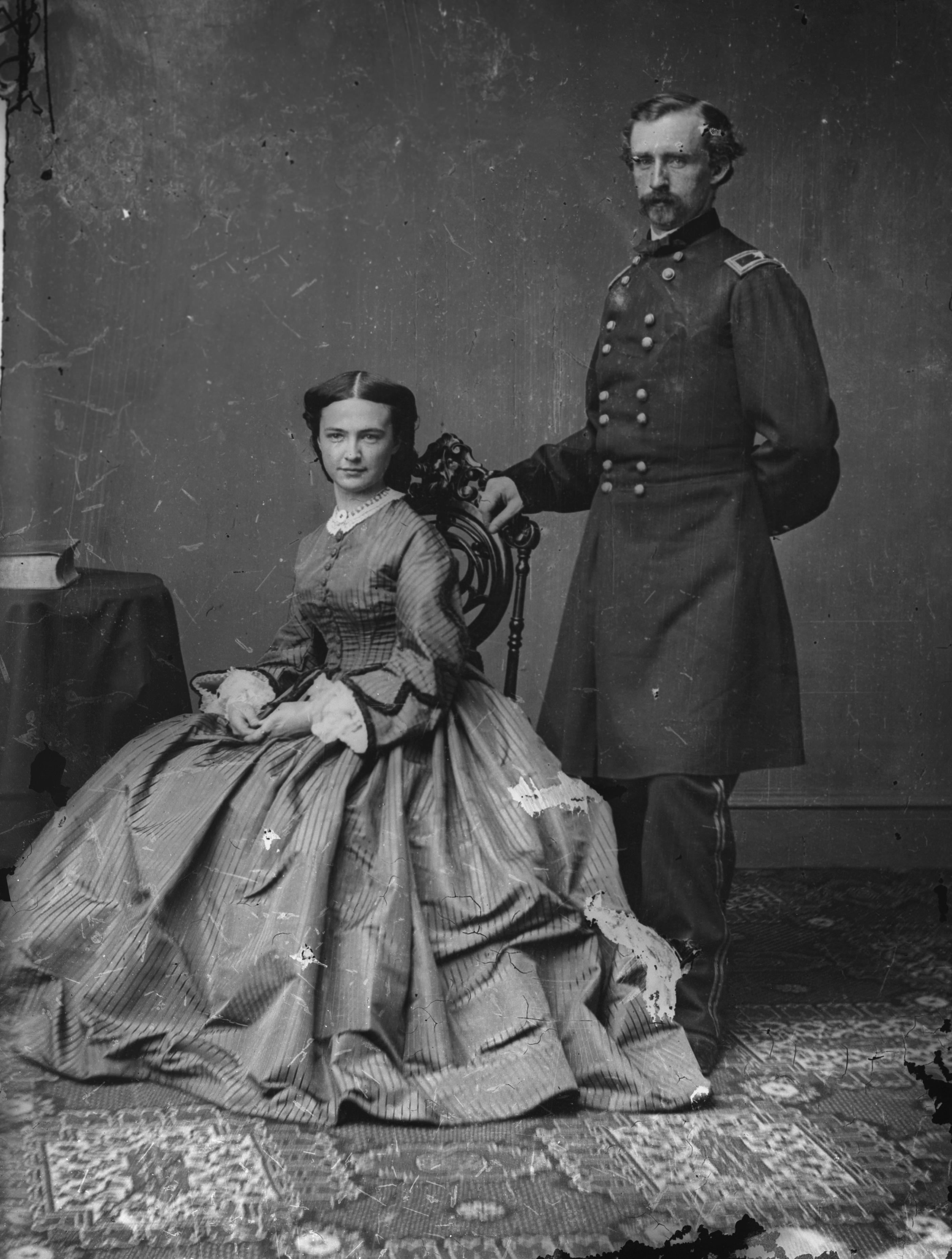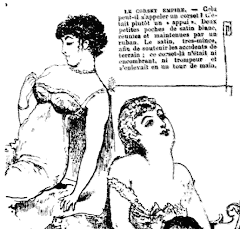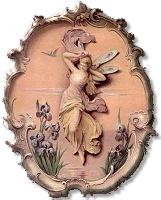
In 1974 Dr. E. Robert Jordan (Chancellor of Calvary Baptist Theological Seminary at the time) did a 22-page comprehensive analysis of Gothard's ministry which gave 15 reasons
Why Fundamentalist Baptists Should Not Cooperate With Bill Gothard's Institute In Basic Youth Conflicts.Gothard seems to move from experience to doctrine, from illustrations to principles resulting in full-blown teachings. There are HUGE problems with this ... but again, it also reflects some of the problems the visible church was having during the Victorian Era.
• Sex Scandals & the Victorian Era
I think you raise a very interesting correlation whether it was intended or not—i.e., the connection between how some present a very low view of women (twisting Scripture in order to do so) and sexual scandal... this, too, was very common during the Victorian Era ...
... there have also been huge sex scandals with Gothard and his brother ... again, very reminiscent of the Victorian Era's need to place everything under rules/regulations (only for those that could afford them & not the rest of us) and sex scandals
this is exactly what was happening during the Victorian Era
• Don't need to be Christian ... another area representative of the Victorian Era ...
The need for Christianity at these seminars was not an imperative. These principles apply to all: Jews, Christians, and Atheists said the St. Paul Dispatch on 26 April 1974.
Many at the time (I dunno about afterward) claimed that he was substituting his laws (i.e., Gothard's rules) for what the Bible said.
• Occult connection? another area reflecting the Victorian Era ...

I have heard some say Gothard's "Pre-Birth Training" borders on the occult. During the Victorian Era, the occult was making a re-appearance again ... even respectable Christian families of the Victorian Era were toying with the occult.
Also, there appears to be a connection between Gothard and
Dr. Michael Ballam, a Mormon, whom I have been told is heavily influenced by New Age principles and pop psychology. Some of the stuff that Ballam promoted was occultic themes in "planetary vibration tones" and more . Ballam, apparently, held that Christ was simply a person that could channel power and/or energy in order to do His miracles. The Victorian Era was not that blatant, but basically implied Ballam's stuff via Spiritualism.
• Medicine connection to Victorian Era ...
Most of us are familiar with the Snake Oil man selling his potions out West during the Victorian Era. Dorothy in the Wizard of Oz deals with one (even though the movie had the setting in the 1930s). I have been told Gothard qualifies himself for giving out medical advice and undermines medical doctors that could cause life-threatening problems. Apparently in his January, 1996 Basic Care Newsletter Gothard told his followers that Cabbage Patch and Troll dolls in the home prevented birth & once thes offending dolls were removed, the women became PG! This whole thing borders on paganistic superstitution! His whole medical advice borders on mysticism which was very prevalent in the Victorian Era.
The Victorian Era also viewed illness in a very superstitious way with all health issues believed to be brought on by a spiritual cause. This is also reflected in Gothard's preference for natural cures and discouragement of traditional medicine as a first option for illness. Spiritual cause should be considered first. This is reflected in
Henry Wright's book. It is nearly identical to the New Age views of people like
Louise Hay.
•
confusion between true intimacy and marital relationships ...Just like the Victorian Era, Gothard seems to confuse true intimacy (sharing thoughts, feelings, life experiences, etc.) and marital relationships. In the Victorian Era, the medical advice at the time told women and men they were not to enjoy each others company (in the Biblical sense) in marriage (which was probably why there was a need for so many prostitutes ... ). To Gothard, his view of love is cold and chemical ... which is understandable because it is my understanding that he has never been married. I never get the impression that males/females are to give each other their hearts in a marriage.
• legalistic rules ...
My brief exposure to Gothard definitely left me with the impression that he was similar to those from the Victorian Era with respect to having the need to have legalististic rules & regulations never found in the Bible. When discussing this with my mom's parents who where children of the Victorian Era, they would just shake their heads. If you follow certain rules, everything is okay. There seems to be no need for internal motivation. I remember huge discussions on this after attending that seminar in my family and tons of compare/contrast techniques with that seminar and the Pharisees.
It seems to me that he disputed Scripture's definition of grace as unmerited favor. I would have to go pull out my stuff from the attic to be sure. I can tell you I went away from the seminar thinking he thought it was necessary to follow certain rules/regulations in order to earn favor.
~ from the notes of Lady Victorian Historian


 In 1857, acting in a play by his friend and novelist, Wilkie Collins, Dickens met and fell in love with an actress, Ellen (or Nelly) Ternan (pictured). She was 18 he was 45. Their meeting was to spark the most extraordinary and explosive mid-life crisis in Dickens and to change both of their lives for ever. In a matter of months, Dickens broke up his marriage of twenty years, quarrelled with many of his friend and began a relationship with Nelly that led to a double existence for the remainder of his life.
In 1857, acting in a play by his friend and novelist, Wilkie Collins, Dickens met and fell in love with an actress, Ellen (or Nelly) Ternan (pictured). She was 18 he was 45. Their meeting was to spark the most extraordinary and explosive mid-life crisis in Dickens and to change both of their lives for ever. In a matter of months, Dickens broke up his marriage of twenty years, quarrelled with many of his friend and began a relationship with Nelly that led to a double existence for the remainder of his life.
















